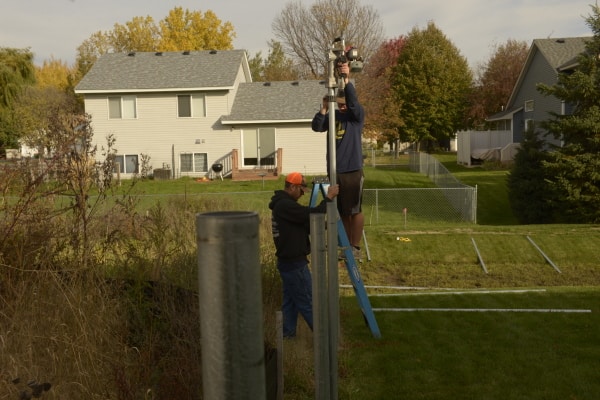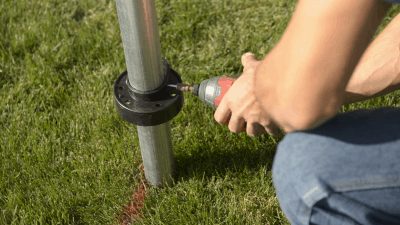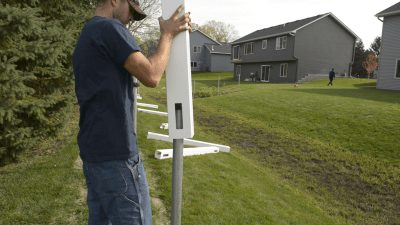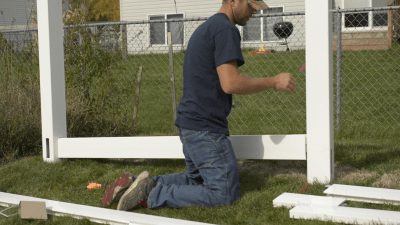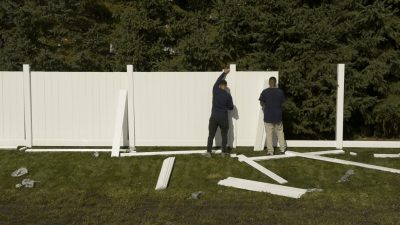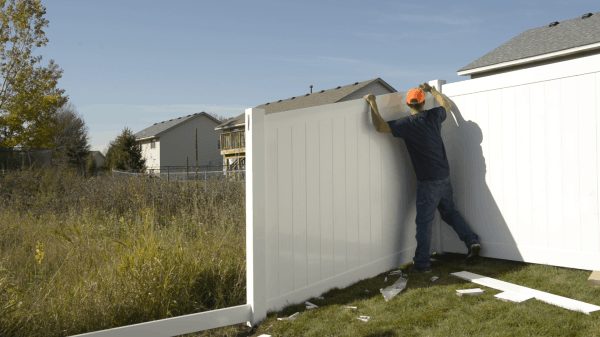Is there anything you dread more during an install than digging posts? If you’re lucky, you have a power auger at your disposal, which takes up a ton of space in your truck. Even so, you’re dealing with finicky equipment that can stop working at a moment’s notice. Assuming your auger is up to the job, you’ll still need to spend a day an entire day digging posts, mixing cement, setting the posts and then waiting for the cement to dry.
That’s all in the past now thanks to our proprietary fence driving method. With our process, you can drive fence posts year-round with no digging, no cement, and no mess. The result is a cleaner job in less time.
With our concrete-free post driving system, you’ll be able to pull a full four feet of post into the ground. The result is the most stable and cleanest fence installation possible with superior wind strength, no heaving, and no dirt removal.
Once you’ve driven each of the posts, you can move on to installing our proprietary Qwik-Collars.

